Contact lenses are artificial, lightweight objects placed on the eye's surface. The device is inserted to replace the cornea's front part, which helps correct vision defects. Some lenses are also used purely for aesthetic and cosmetic purposes. However, contact lenses are commonly used for therapeutic goals to improve patients' ability to see.
Lenses are made from various materials depending on their function. Small devices have become popular because of the effects they can achieve. Different lenses depend on their water content, method of wearing, and anatomical position.
Consequently, wearing and replacement times can vary from one type to another. The performance of contact lenses is based on various mechanisms related to oxygen and light permeability. Lenses are optically clear and, if used correctly, should not cause any problems. However, in some cases, wearing contact lenses may involve some risks. Wearing them can cause injuries and conjunctival complications with various symptoms. Therefore, it is essential to properly fit lenses to patients' needs and know the proper hygiene associated with using these small devices. Find out more about contact lenses in clinical practice.
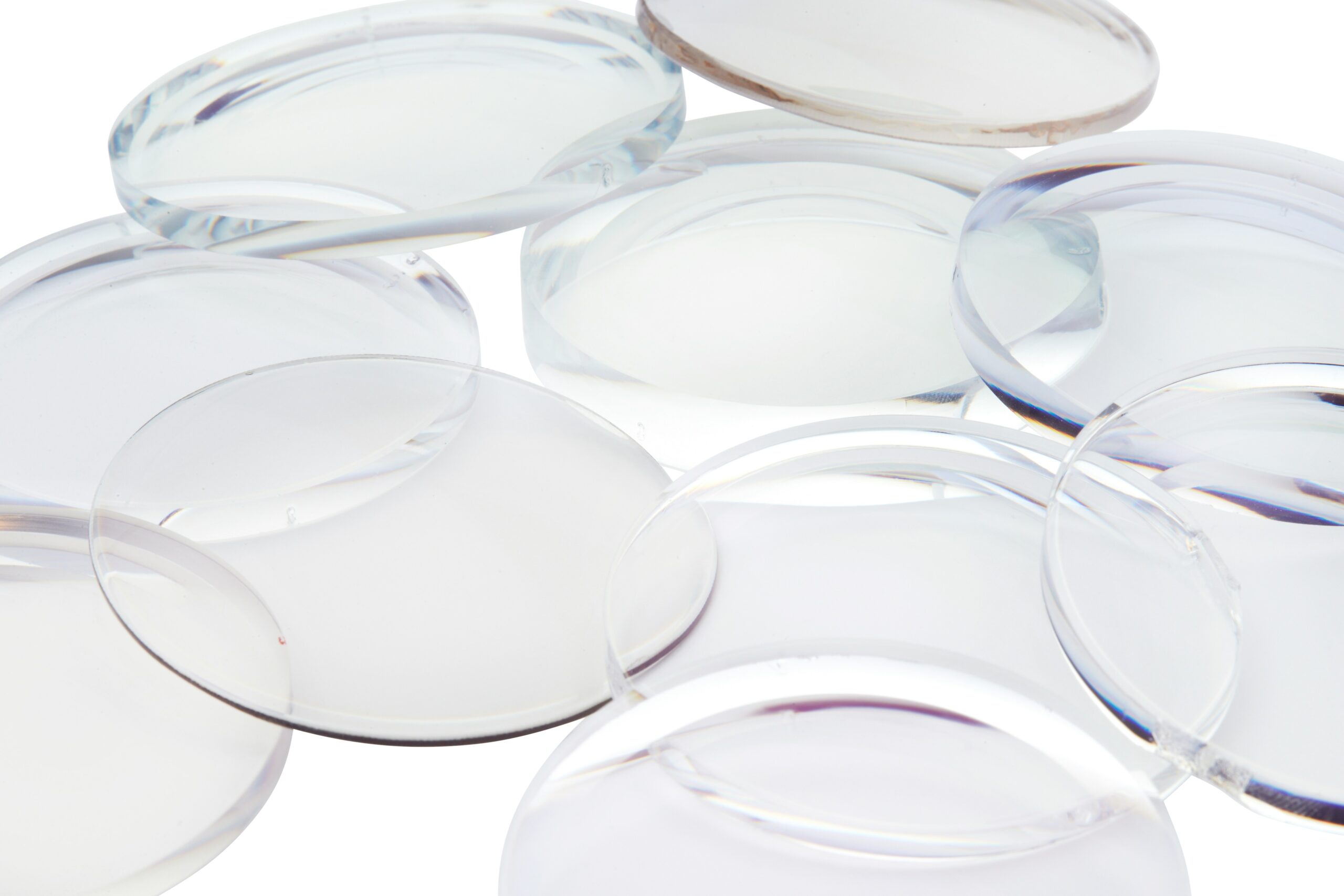
Contact lenses are worn on the front surface of the eye's cornea![]() , replacing the natural surface of the cornea. These small devices can help with various eye problems and blurred vision. The lenses can come in multiple diameters, powers, and thicknesses. Prosthetic products can be used for different goals, including wearing lenses prophylactically, surgically, diagnostically, or therapeutically. Contact lenses are biocompatible, sterile, and have good optical properties. The performance of these remarkable medical products depends on several factors, which include:
, replacing the natural surface of the cornea. These small devices can help with various eye problems and blurred vision. The lenses can come in multiple diameters, powers, and thicknesses. Prosthetic products can be used for different goals, including wearing lenses prophylactically, surgically, diagnostically, or therapeutically. Contact lenses are biocompatible, sterile, and have good optical properties. The performance of these remarkable medical products depends on several factors, which include:
Among other things, the tear film![]() is significant. The functionality of the lens is maintained by the tear film, which helps to moisturize and protect the cornea. The pre-corneal tear film ensures that the lens does not stick to the eye by clinging to it. Adequate hydration keeps the lens from chafing and maintains a uniform spread of mucus on the lens surface. In addition, the lenses prevent tear evaporation and clean the waste that collects in the lenses. Blinking protects the eye from injury and allows the tear film to produce, distribute, and drain evenly.
is significant. The functionality of the lens is maintained by the tear film, which helps to moisturize and protect the cornea. The pre-corneal tear film ensures that the lens does not stick to the eye by clinging to it. Adequate hydration keeps the lens from chafing and maintains a uniform spread of mucus on the lens surface. In addition, the lenses prevent tear evaporation and clean the waste that collects in the lenses. Blinking protects the eye from injury and allows the tear film to produce, distribute, and drain evenly.
Contact lenses have various parameters that are responsible for proper vision. One of these is oxygen permeability. This is the amount of oxygen that reaches the cornea through the material from which the contact lens is made. Contact lenses must not block this oxygen access. Thus, lenses are manufactured to be oxygen-permeable to the appropriate level and safe for the eye.
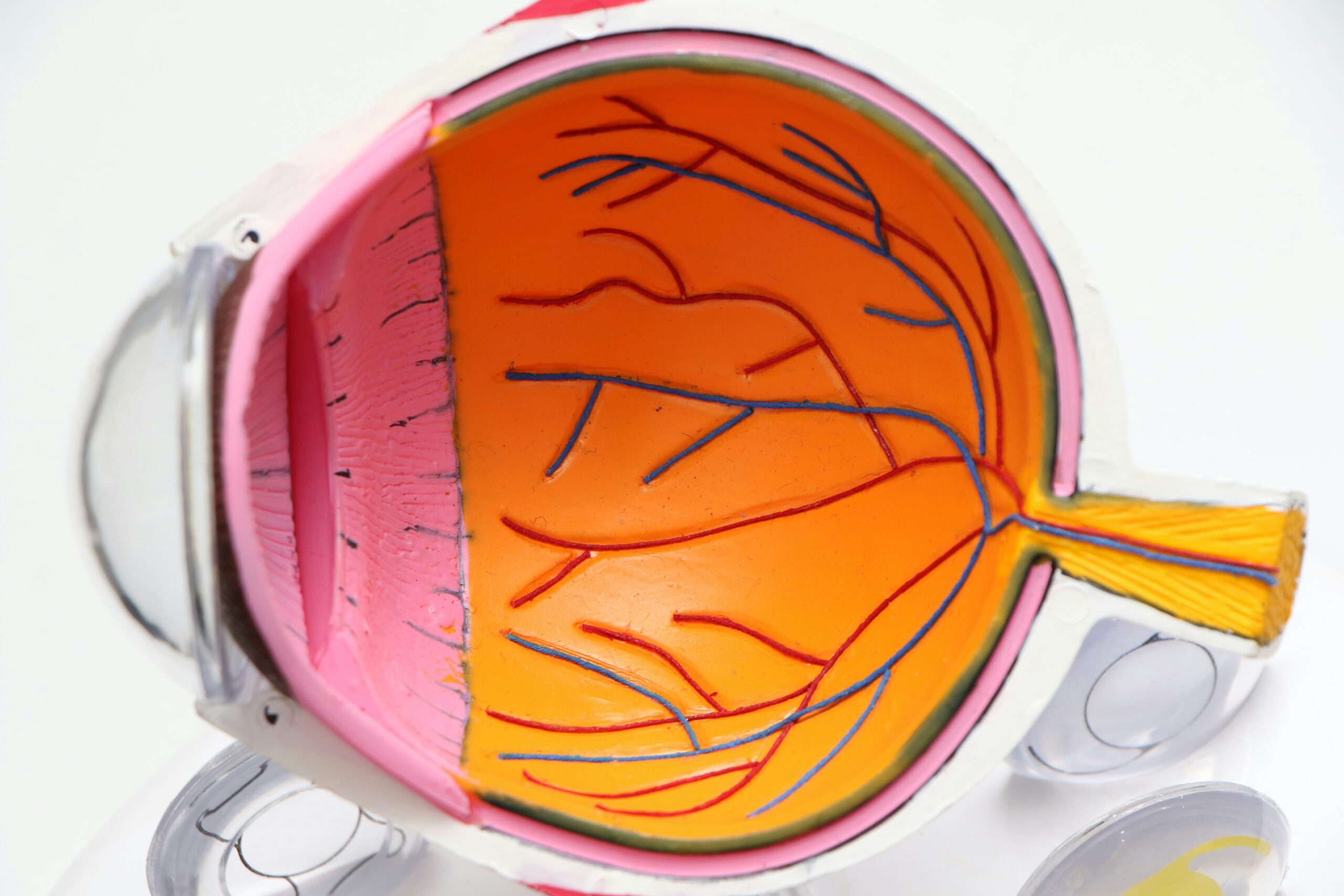
It is also essential to maintain transparency through lenses. It is, therefore, necessary to keep sufficient light transmission. Various visual problems are mainly based on the abnormal shape of the cornea. Thus, the lens must compensate for these abnormalities by correctly refracting the light entering the eye. The lens curves and focuses the light beams so they land on the retina as they pass through the eye. The lens sits directly on the cornea and covers the entirety of the pupil, through which light enters the eye. In addition, the lenses can move with the eyeball's movements, allowing for much more effective vision correction.
Contact lenses can be of various sizes and thicknesses. Prosthetic products can be divided into hard and soft. Rigid lenses are more durable and do not cover the entire eye surface, only most of the corneal area. Soft lenses, on the other hand, are more common and adhere better to the eye but have less oxygen permeability. Contact lenses can be worn at various intervals depending on the type. There are disposable contact lenses, worn for one day and then discarded. In addition to these, there are also reusable lenses that can be worn for a longer time.
Lenses can also be categorized by the material from which they are made. The material used to make lenses must meet specific standards. Lenses should be made of safe and transparent materials. It is also essential that the refractive index of the lens is similar to the tear film. Materials of contact lenses include:
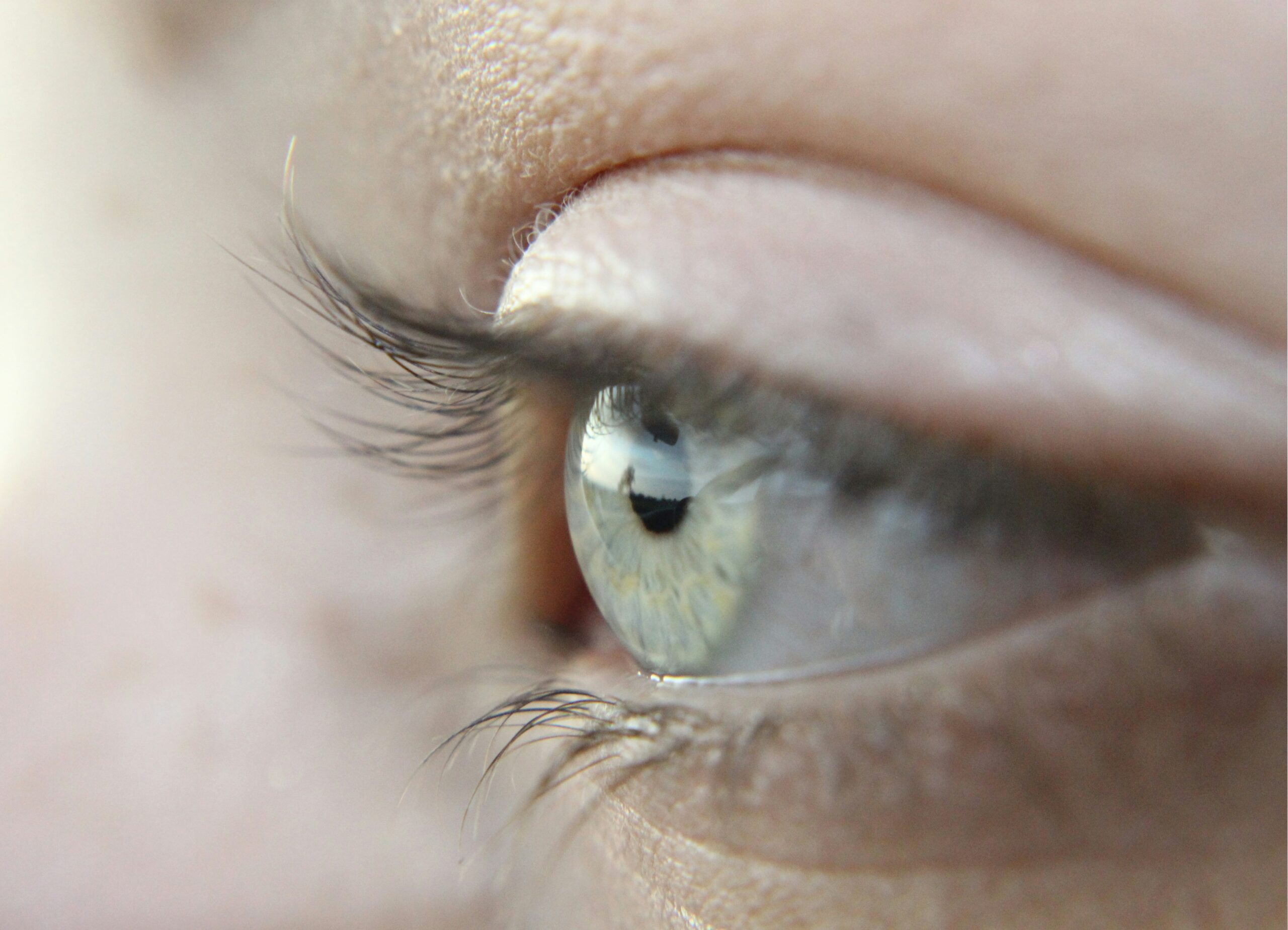
Silicone is a synthetic polymeric material that allows oxygen to pass through the lens. The more silicone a lens contains in its formulation, the better it will enable oxygen to pass through, affecting the eye's health. Silicone in lenses occurs together with different materials, such as hydrogel. Silicone-hydrogel lenses are more popular due to the functional advantages of both materials. Although generations of silicone hydrogel lenses vary, this type is usually favored due to its extended wear time and good mechanical strength. The disadvantage of this lens type is that it wets the eye to an inferior level, which can cause dehydration and abrasion.
Silicone-free hydrogel lenses also have their advocates. Hydrogel is a water-based gelling substance. Hydrogel optic lenses are a type of soft lens with a high water content. It makes the lenses easy to insert, adheres well to the eye, and prevents dehydration. Soft hydrogel lenses are not perceptible during wear. They also have the benefit of being highly bio-compatible with eye tissues, which makes them suitable even for people with allergies. The high water content and reduced lens thickness allow oxygen to pass through. However, thin and soft hydrogel lenses are characterized by their fragility and susceptibility to damage by eye-blinking movements.
Acrylic polymers are plastic materials characterized by their transparency, resistance to breakage, and flexibility. Acrylic glass lenses are a type of hard lens with good optical quality. Acrylic also makes prosthetic products more durable. Non-toxic lenses are stable and lightweight but can cause corneal abrasion due to their greater hardness. Hard lenses are usually used for serious conditions such as corneal cones or eye defects.
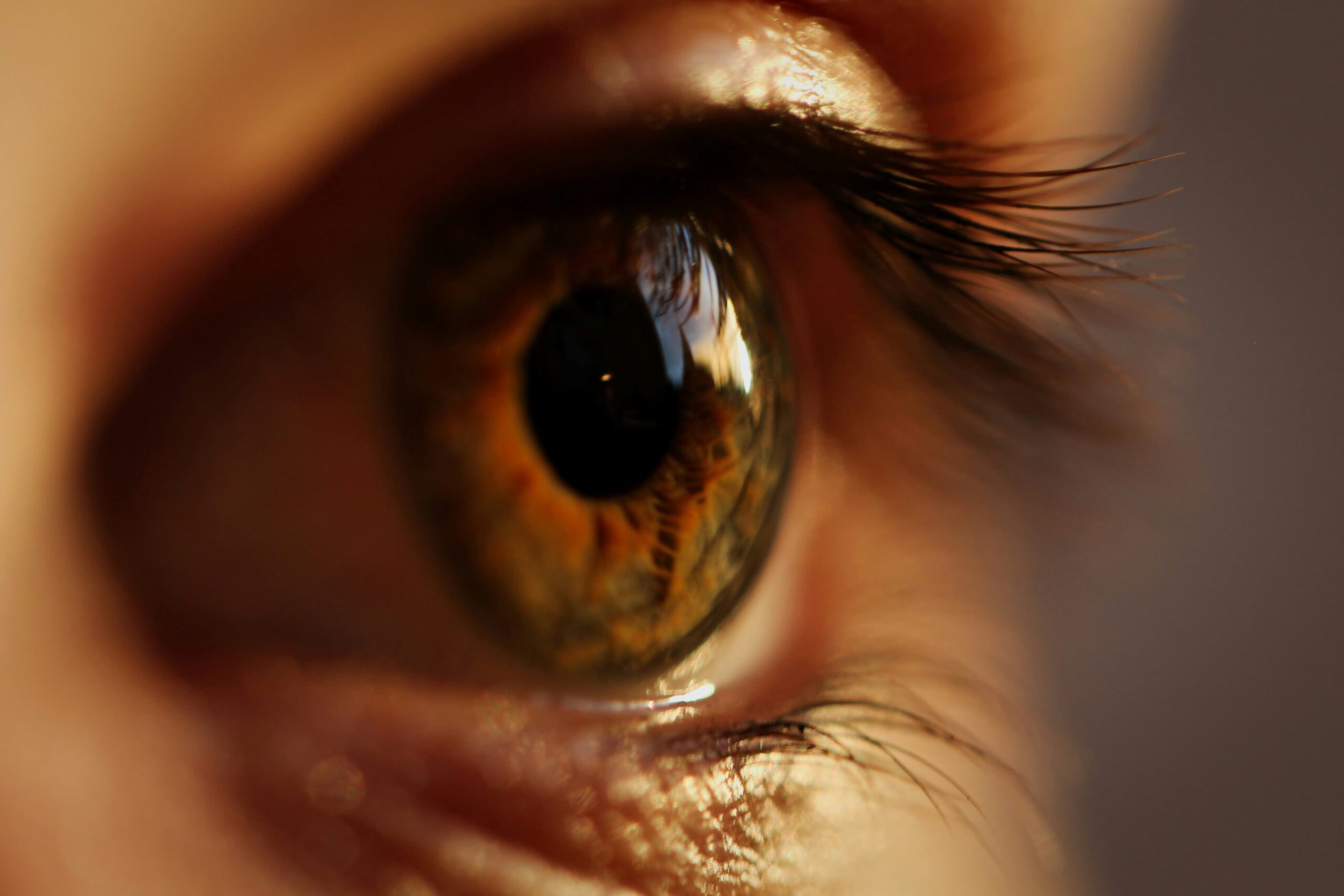
Contact lenses are worn for various eye problems and diseases. Healthy people with good eyesight can also wear lenses for aesthetic purposes. The lens can change the appearance and color of the eyes. However, it is recommended to wear lenses for the following goals:
Most commonly, contact lenses are chosen by people with various visual impairments as a goal to improve their vision. Lenses can replace glasses. For example, it is a convenient choice for people doing physical work in unfavorable conditions where wearing glasses could interfere with attention. Lenses can be worn for various types of visual problems.
Common problems include astigmatism![]() , nearsightedness
, nearsightedness![]() , and farsightedness
, and farsightedness![]() . Toric lenses are worn to correct vision for astigmatism. Spherical lenses are used to solve problems with short and far vision. Multifocal lenses, which provide simultaneous correction of both far and near vision, are also possible.
. Toric lenses are worn to correct vision for astigmatism. Spherical lenses are used to solve problems with short and far vision. Multifocal lenses, which provide simultaneous correction of both far and near vision, are also possible.

Some lenses are worn for therapeutic purposes to treat certain conditions. Corneal pathologies![]() such as corneal erosions and ulcers are recommendations for wearing therapeutic lenses. Prosthetic products are effective, relieve eye pain, and protect the cornea from mechanical eyelid movements. In some patients, it has been noted that lenses also aid the regenerative processes of the cornea.
such as corneal erosions and ulcers are recommendations for wearing therapeutic lenses. Prosthetic products are effective, relieve eye pain, and protect the cornea from mechanical eyelid movements. In some patients, it has been noted that lenses also aid the regenerative processes of the cornea.
Contact lenses can also be worn for dry eye problems![]() . Dry eye syndrome is a disorder in the visual system that interferes with normal vision and causes feelings of discomfort. The substrate of the disorder is inflammatory processes on the surface of the eyeball and disruption of the tear film. People who struggle with dry eye choose silicone hydrogel lenses. Hard lenses absorb negligible amounts of tear film, which is also recommended.
. Dry eye syndrome is a disorder in the visual system that interferes with normal vision and causes feelings of discomfort. The substrate of the disorder is inflammatory processes on the surface of the eyeball and disruption of the tear film. People who struggle with dry eye choose silicone hydrogel lenses. Hard lenses absorb negligible amounts of tear film, which is also recommended.
Lenses can also be suitable for diagnostic purposes. For example, these prosthetic objects are used in a gonioscopy![]() procedure. The diagnostic method uses special lenses to identify various conditions, including glaucoma. It is a painless and non-invasive examination.
procedure. The diagnostic method uses special lenses to identify various conditions, including glaucoma. It is a painless and non-invasive examination.
In addition, the lens can be used in electroretinography![]() , which involves studying changes occurring in the eyeball when exposed to light. By placing an electrode on the cornea, retinal abnormalities can be assessed. Also, when photographing the fundus of the eye, it may be necessary to put a lens. In addition to visual diseases, it also helps detect certain vascular diseases and cancerous lesions.
, which involves studying changes occurring in the eyeball when exposed to light. By placing an electrode on the cornea, retinal abnormalities can be assessed. Also, when photographing the fundus of the eye, it may be necessary to put a lens. In addition to visual diseases, it also helps detect certain vascular diseases and cancerous lesions.
In some situations, wearing lenses can have a prophylactic goal: the use of these items protects against various problems. Lenses can protect against exposure keratitis![]() . The cornea covered by the lens material is protected from external factors. In addition, lenses can help with abnormal eyelash growth that grows in the wrong direction. The lenses also prevent the eyelids from adhering to the eyeball.
. The cornea covered by the lens material is protected from external factors. In addition, lenses can help with abnormal eyelash growth that grows in the wrong direction. The lenses also prevent the eyelids from adhering to the eyeball.
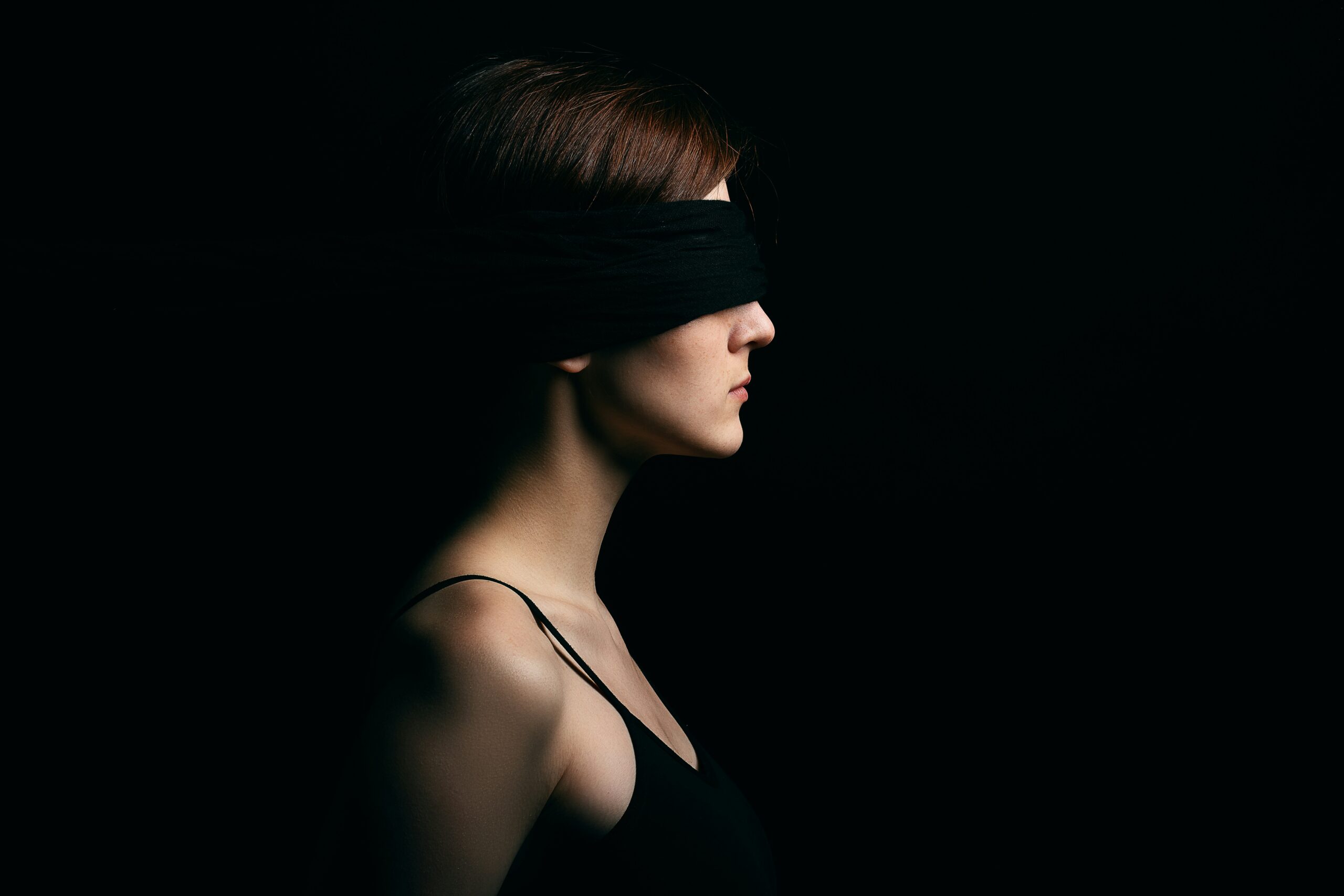
Lenses are also used after eye surgery. For example, after the repair of a corneal tear, lenses can protect the sensitive eye after surgery. Lenses are also used after a superficial keratectomy![]() . The superficial keratectomy procedure is used to rub the cornea, which can help to remove and smooth the corneal surface. Such a procedure aims mainly to improve vision by correcting the cornea. Lenses can also be helpful in laser photocoagulation
. The superficial keratectomy procedure is used to rub the cornea, which can help to remove and smooth the corneal surface. Such a procedure aims mainly to improve vision by correcting the cornea. Lenses can also be helpful in laser photocoagulation![]() , which is done to treat macular degeneration. After several treatments, lenses can have a protective function and accelerate recovery.
, which is done to treat macular degeneration. After several treatments, lenses can have a protective function and accelerate recovery.
Although contact lenses are handy medical items for various goals, some people should avoid them. Contraindications to wearing lenses include:
Wearing lenses is not advisable for many eye diseases, as it can worsen the patient's condition. In these cases, you should listen to your doctor's advice and wait to wear lenses until you fully recover. Lenses should not be worn for various inflammations, such as conjunctivitis![]() . In addition, with dehydrated eyes, lenses can also worsen symptoms. Dystrophies, ulcers, and corneal degeneration are contraindications for wearing these items.
. In addition, with dehydrated eyes, lenses can also worsen symptoms. Dystrophies, ulcers, and corneal degeneration are contraindications for wearing these items.

Cerebral palsy is the presence of persistent symptoms of movement and postural abnormalities resulting from abnormal development or damage to the brain during the fetal period or at birth. Some sources indicate that patients with incurable cerebral palsy should not wear contact lenses.
There is a possibility of allergy to some lens ingredients. Lens intolerance manifests itself in the eyes burning, tearing, and turning red after wearing contact lenses, and it is a problem that does not go away over time. Once you notice worrying symptoms, you should stop wearing lenses immediately. Lenses can also attract allergens that settle on their surface. In such cases, allergy sufferers can wear lenses but should choose daily disposable lenses. It keeps the risk of dangerous allergens collecting on the surface to a minimum.
Pregnancy is not a medical contraindication to lens wear, but hormonal changes can cause discomfort when wearing contact lenses. In such situations, it is best to seek medical advice.
Wearing lenses and deplorable lens-related hygiene can cause various complications. Lenses can cause different types of inflammation in the eye, abrasions, and trauma, resulting in swelling, cavities, and infiltration. Dirt and deposits on the lens can predispose to such problems. In addition, lenses can cause hypoxia of the eye, which is a harmful condition.

Therefore, proper care and hygiene should be taken to minimize the risk of complications. Lenses with more extended replacement regimes should be appropriately stored, which is suitable for a particular case with a solution. Care should also be taken when inserting and removing lenses; thorough hand washing is essential. Remember to consult your doctor or eye care professional before purchasing. Your eye care practitioner will help you to fit the right lenses and teach you the basics of lens wear.
Contact lenses are objects of different materials placed on the eye's surface. The materials used mainly include silicone, hydrogel, and acrylic. The devices replace the cornea's outer part, allowing the desired effects to be achieved. The pre-corneal tear film ensures that the lens does not stick to the eye, adhering to it. Contact lenses have several various parameters, which include oxygen and light permeability.
Lenses can be used for multiple goals, mainly to improve vision. Lenses can also be used for protective or diagnostic purposes. There are various types of lenses, which are adapted according to the patient's needs. There are also contraindications to wearing lenses. These include any inflammation of the eye and diseases in which wearing protective devices poses a risk of health damage. Wearing lenses can also cause complications, mainly if misused.